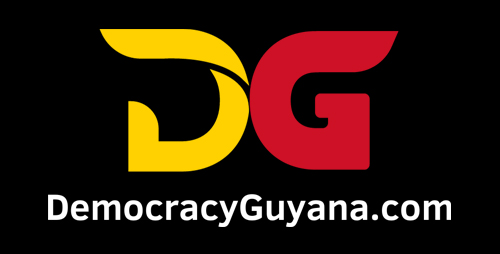I would like to thank Dr. Terrence Blackman for engaging with my recent presentation on labour market trends and achievements. I welcome robust dialogue on these important matters, and I deeply value the respectful contributions from readers that followed his remarks.
The professor’s critique, however, sought to discredit my research and findings, albeit unsuccessfully without the benefit of reviewing the full report, which I subsequently shared with him. This is a key point, as my estimates are both conservative and substantiated by multiple independent data sources.
𝐖𝐡𝐲 𝐭𝐡𝐞 𝐄𝐬𝐭𝐢𝐦𝐚𝐭𝐞𝐬 𝐇𝐨𝐥𝐝
𝟏. 𝐒𝐜𝐨𝐩𝐞 𝐨𝐟 𝐄𝐦𝐩𝐥𝐨𝐲𝐦𝐞𝐧𝐭 𝐄𝐬𝐭𝐢𝐦𝐚𝐭𝐞
o My figures do not yet account for part-time jobs, informal employment, or several productive sectors such as services, manufacturing, and mining. The estimates presented are, by design, conservative.
𝟐. 𝐂𝐨𝐫𝐫𝐨𝐛𝐨𝐫𝐚𝐭𝐢𝐧𝐠 𝐄𝐯𝐢𝐝𝐞𝐧𝐜𝐞
o National Insurance Scheme (NIS): The NIS annual reports for the period under review recorded 67,905 new registered employees.
o Transport Sector: Over 40,000 new vehicles were registered across three key categories: hire cars, minibuses, and lorries. We now have more than 11,000 trucks, which equate to at least 11,000 additional truck drivers over the last four years, and 29,000 hire car and minibus drivers. To be conservative, I assumed in the model that 50% are existing drivers/owners who may have simply upgraded to new vehicles, replacing the old. It is therefore reasonable to assume that 50% are new drivers added to this sub-sector.
o Self-Employment: The Deeds and Commercial Registry recorded over 60,000 new self-employed registrations between 2021 and 2024.
𝐓𝐡𝐞 𝐂𝐞𝐧𝐭𝐫𝐚𝐥 𝐏𝐨𝐢𝐧𝐭
To successfully challenge my estimates, one would have to successfully discredit:
• NIS employment registration data,
• Transport registration data for hire cars, minibuses, and trucks, and
• Deeds and Commercial Registry data on newly registered self-employed persons.
I am confident that such an argument cannot reasonably be sustained.
I remain grateful for the constructive and respectful exchanges from contributors and readers alike. Rigorous debate strengthens our collective understanding, and I welcome continued dialogue as we work toward building an accurate and forward-looking picture of our labour market.





